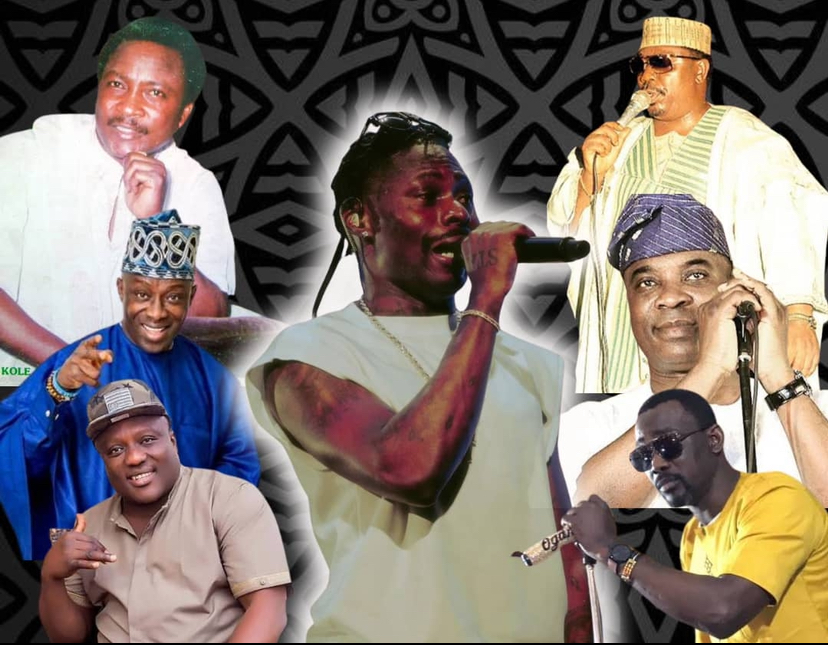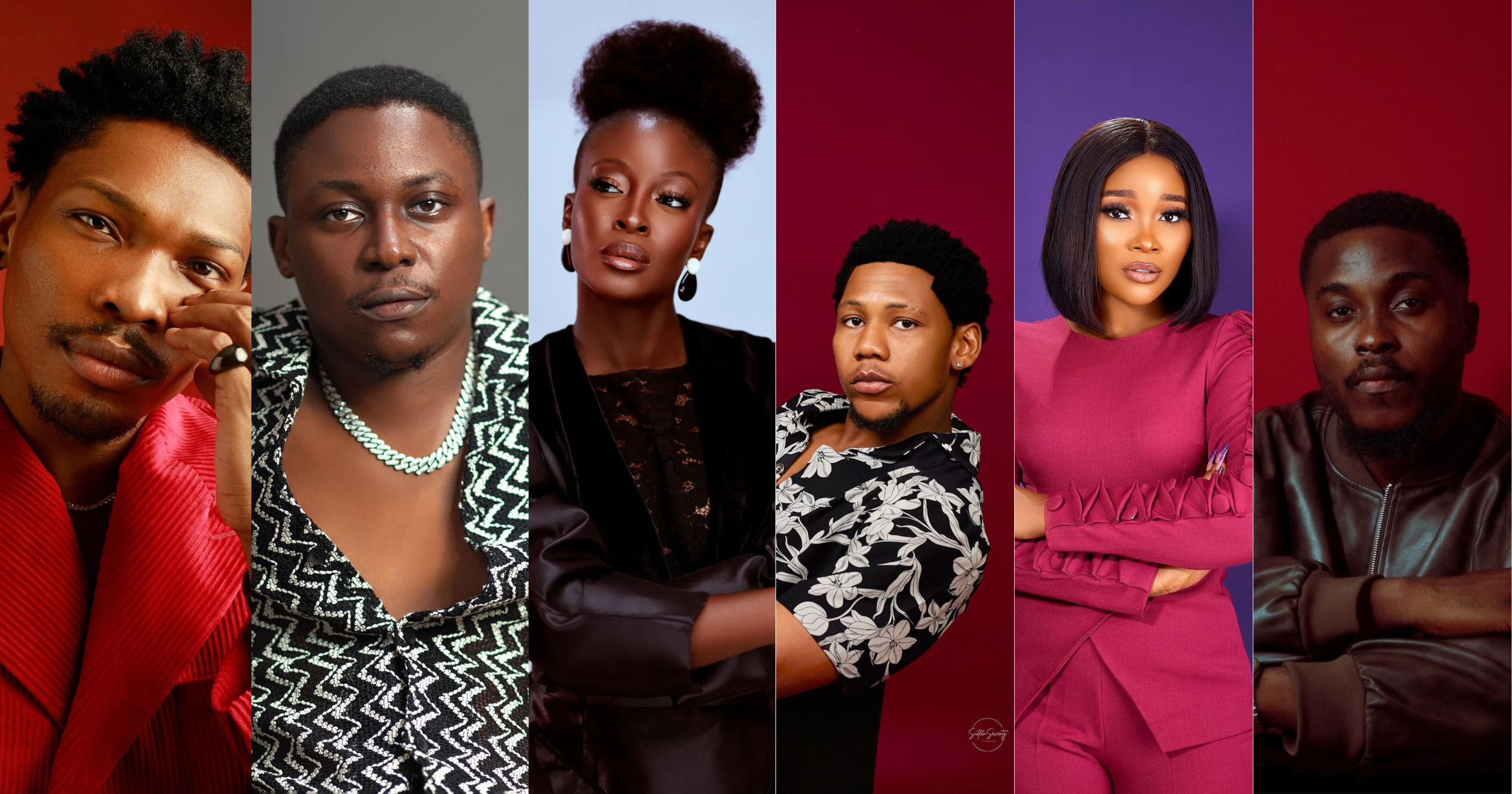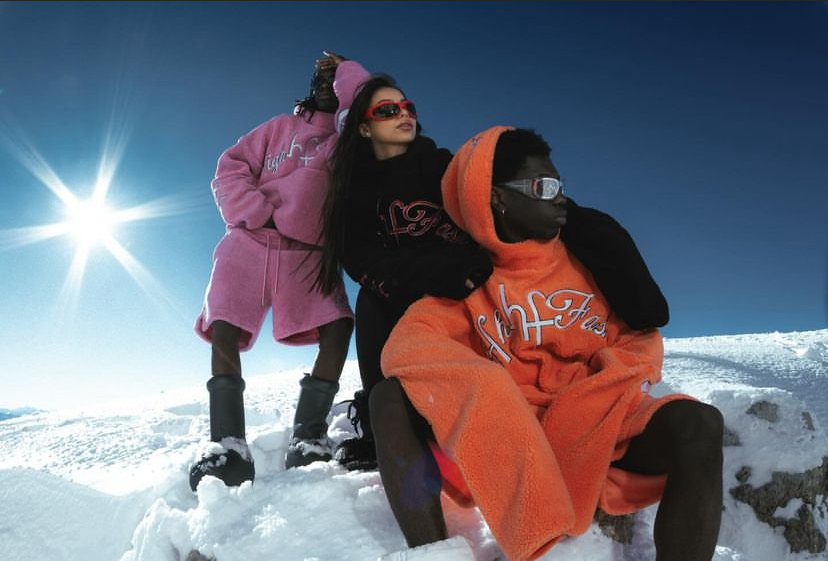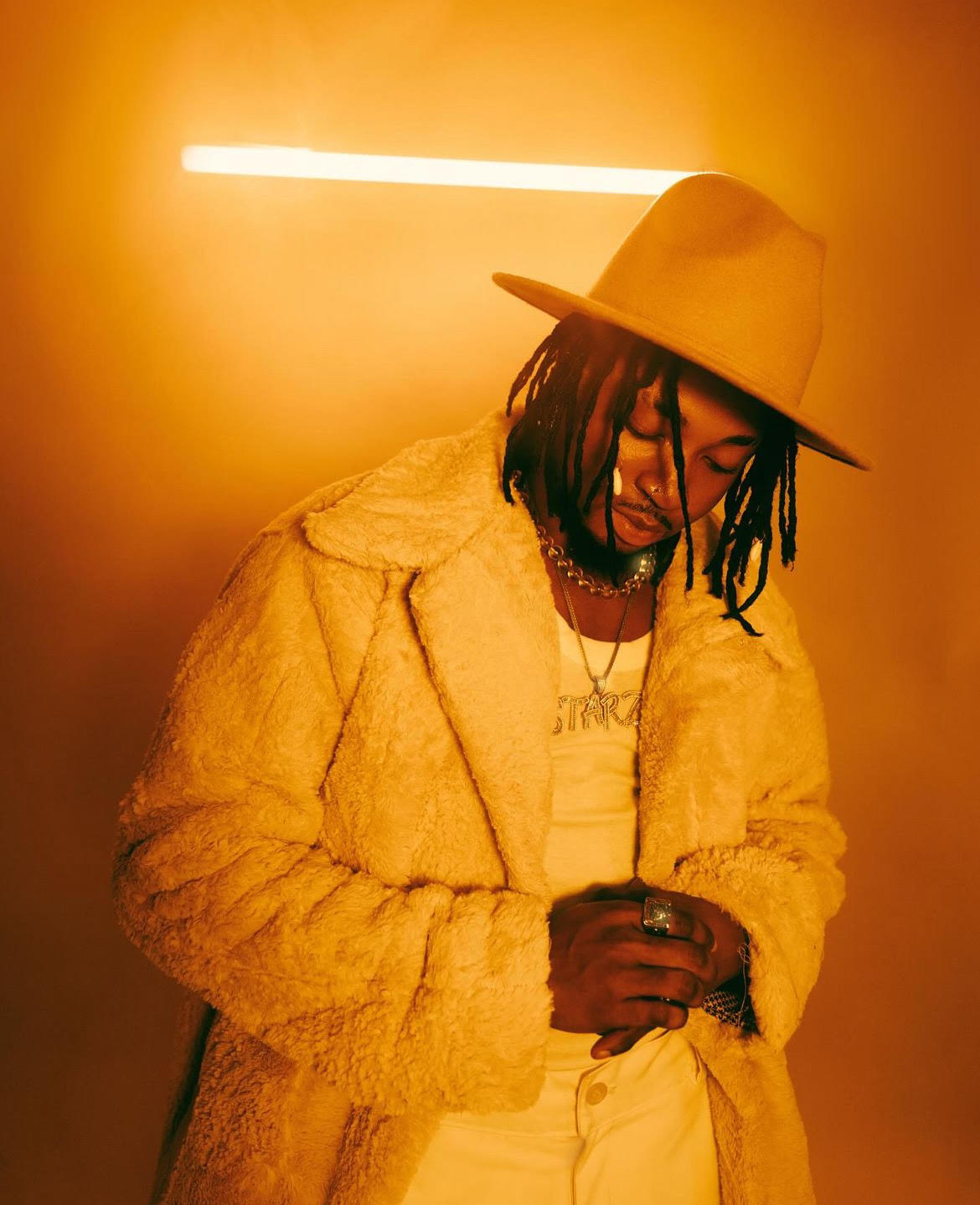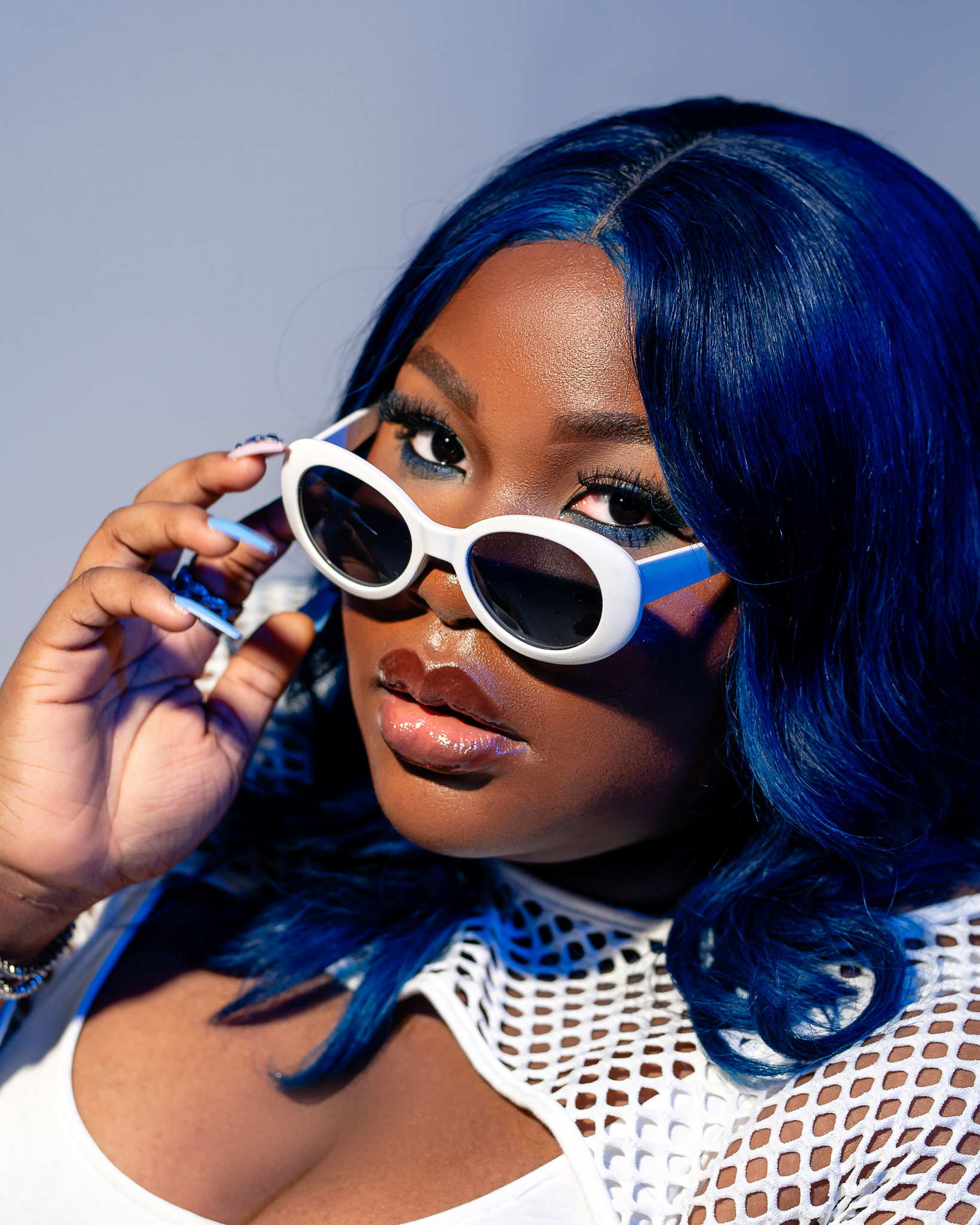Alhaji Sikiru Ayinde Agbajelola Barrister probably never knew how far and well his creation, the great Fuji sound would skyrocket when he was fabricating it in the 1960s. Since Wéré days down to the ultramodern “Neo fuji” and “Alté fuji”, we can all agree that the musical genre has maintained its originality, authenticity and the characteristic features it has been known for.
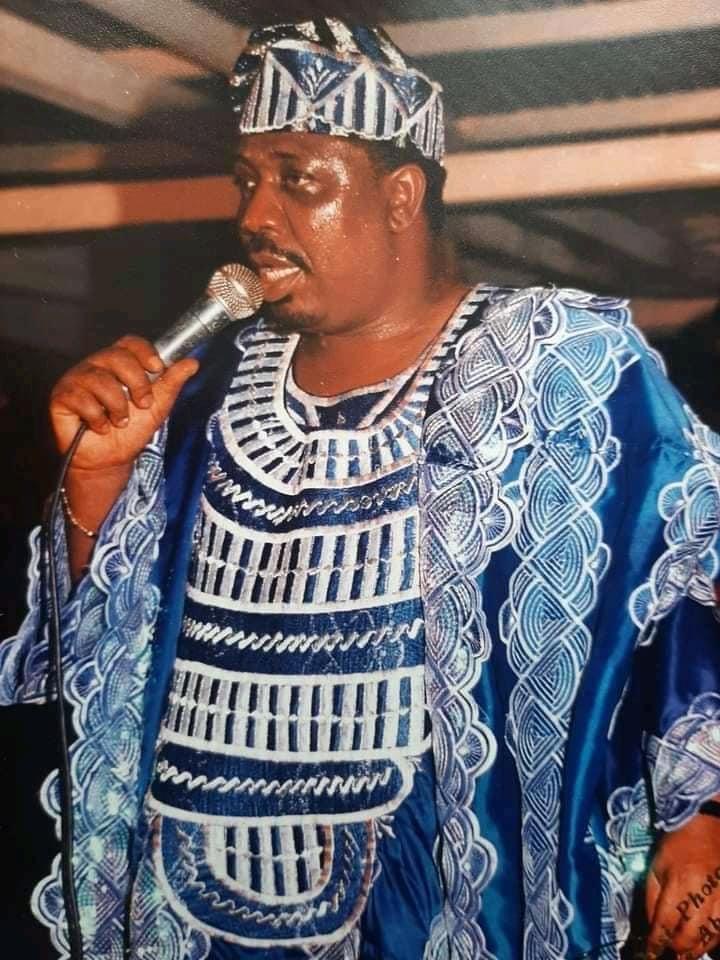
Barrister was the ultimate template and without an ounce of doubt the greatest to ever do it. He didn’t only pioneer it, he embodied it, amplified it, developed it and made it his lifestyle. He had so much power and influence in the industry that he became an oracle that was and is still being worshipped and sought after by junior colleagues for endorsements in other to be exalted within the industry (Refrence when he crowned Osupa “Oba Orin” and K1 De Ultimate “leader”). It can be argued that this is the sole reason the genre has always been perceived as “local”, “for a specific people” and has stunted her growth and potential over the decades.
Unlike most Genres, where the pioneers barely dominate for so long, they just introduce an ideology and watch other minds infuse their creativity to make it flourish beyond themselves and their locality. Fuji sound was solely built around the personality Alhaji Agba for the longest time. The level of civilization at the time was also a major factor.
Like every other musical genre and other aspects of life, there has been evolution in fuji music, evolutions by both the pioneers and the successors. Barrister himself and kollington Ayinla despite being the pioneers and longest dominators of the genre weren’t lazy with their approach and execution, they were prolific enough to metamorphose the genre into something much more admirable and relatable across all classes of life. This profound creativity birthed the song “Reality” which I consider the greatest Fuji song ever about forty years into Barrister’s career.
The evolution by these two icons created branches within the genre although attempts at creating proper sub genres wasn’t very successful for instance Saheed Osupa’s “Hip Fuji” and Adewale Ayuba’s “Bonsue Fuji” which fell flat. The branches however stood out differentiated the artists primary audiences.
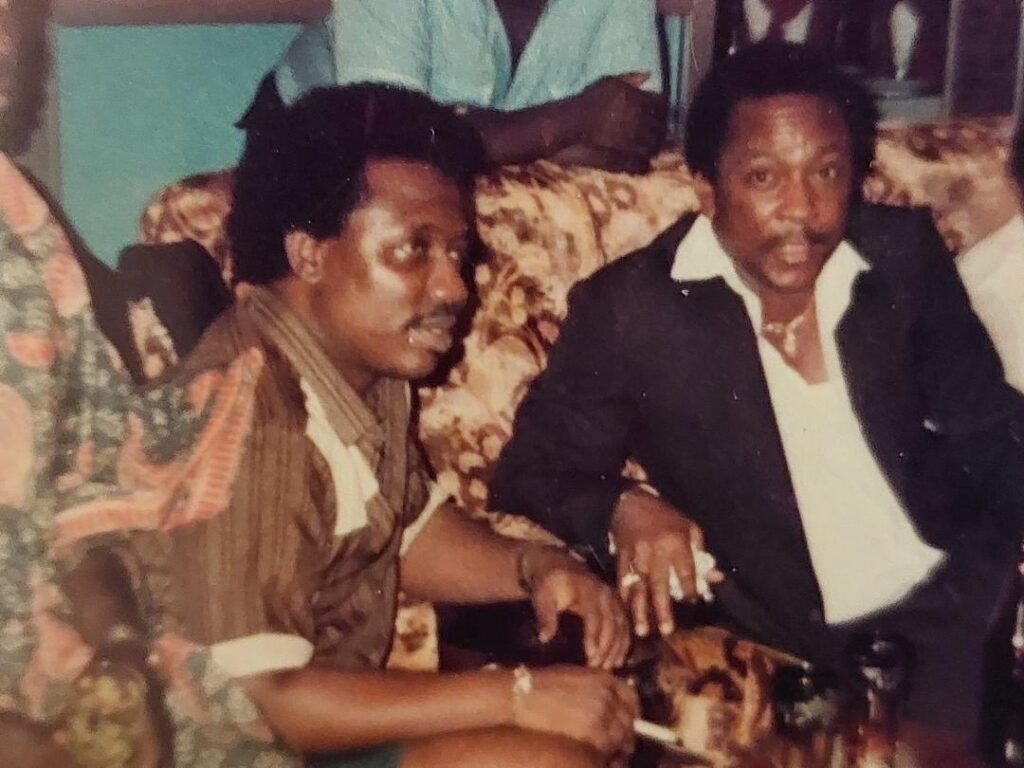
K1 De Ultimate’s launch of “Talazo Fuji” which mostly catered for the elites and has turned to be the core of his career and audience.
Saheed Osupa always displayed his intense knowledge of Yoruba poetry, melody with a fusion of hip hop therefore catering for the young indigenous people.

Even though Ayinla Kollington was never scared of expressing himself with the use of explicit lingual phrases, A young man named Omo Rapala Obesere was willing to double down on explicit phrases and slurs that excited a generation of young enigmatic Nigerians. The evolution went on with the likes of Pasuma, Remi Aluko and Muri thunder whom at different points of their career made music with artists from other genres to make Fuji much more acceptable.

It is a new dawn, civilization is up, technology is up and the evolution has attained new heights, the new artists are not the only benefactors, even the old ones are having huge comebacks. For instance, Ayuba’s 2021 hit “Koloba Koloba”, Pasuma’s hit “M.M.M” and K1’s hit “Ade ori Okin” which has become a global sound just to name a few. All thanks to Tik Tok and other social media platforms, a good number of old fuji songs are trending again to seal their position as evergreen.

The influence of Neo Fuji/ Afro fuji artists such as Asake, Seyivibes, Portable, Small doctor, Mohbad and most importantly 9ice whom I consider the pioneer of Afro fuji/ Neo fuji can never be overstated in the modernization and popularization of the sound.
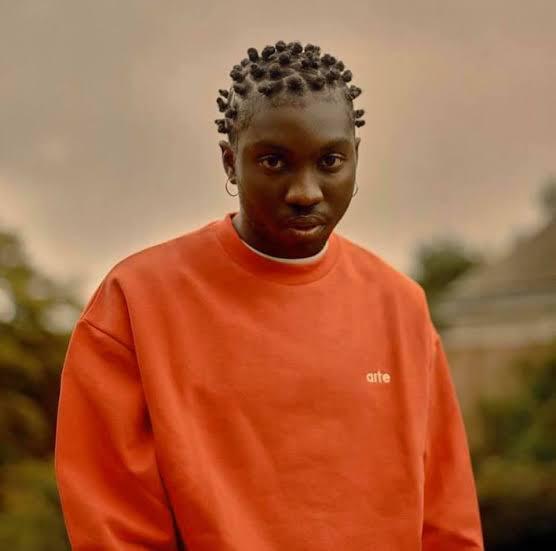
Alté Fuji is also an interesting upcoming wave of Fuji music dominated by Alté artists such as Odunsi, Cruel Santino and Temmie Ovwasa. These guys are reimagining Fuji to suit and embody the Alté definition and lifestyle and I’m in for that because this is going to change the dynamics of Fuji music for the coming generations and ostracize the stereotype of religion, language and class. Then will Fuji music become the new cool.
WRITTEN BY: KEHINDE ADESOKAN

